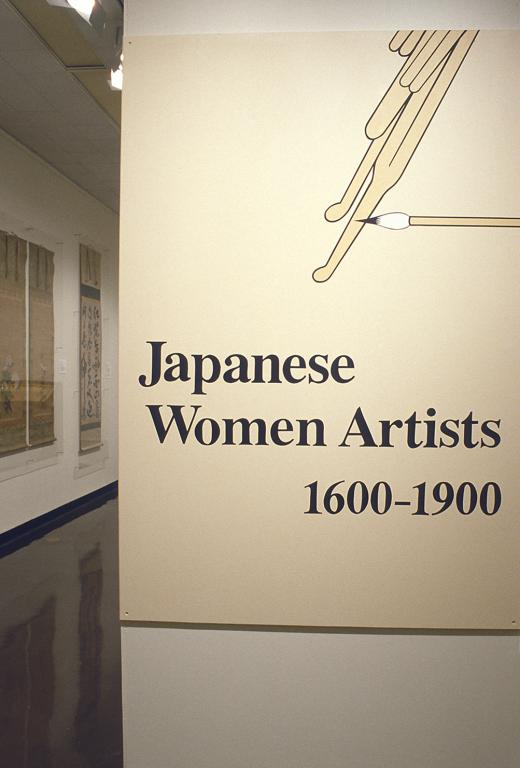Calligraphy at the Age of Sixty-four, Tōkai Okon
Artwork Overview
Tōkai Okon, artist
1816–1888
Calligraphy at the Age of Sixty-four,
1879, Meiji period (1868–1912)
Where object was made: Japan
Material/technique: ink; silk
Dimensions:
Sheet/Paper Dimensions (Height x Width): 20.2 x 150 cm
Sheet/Paper Dimensions (Height x Width): 7 15/16 x 59 1/16 in
Sheet/Paper Dimensions (Height x Width): 20.2 x 150 cm
Sheet/Paper Dimensions (Height x Width): 7 15/16 x 59 1/16 in
Credit line: Museum purchase
Accession number: 1985.0197
Not on display
If you wish to reproduce this image, please submit an image request






